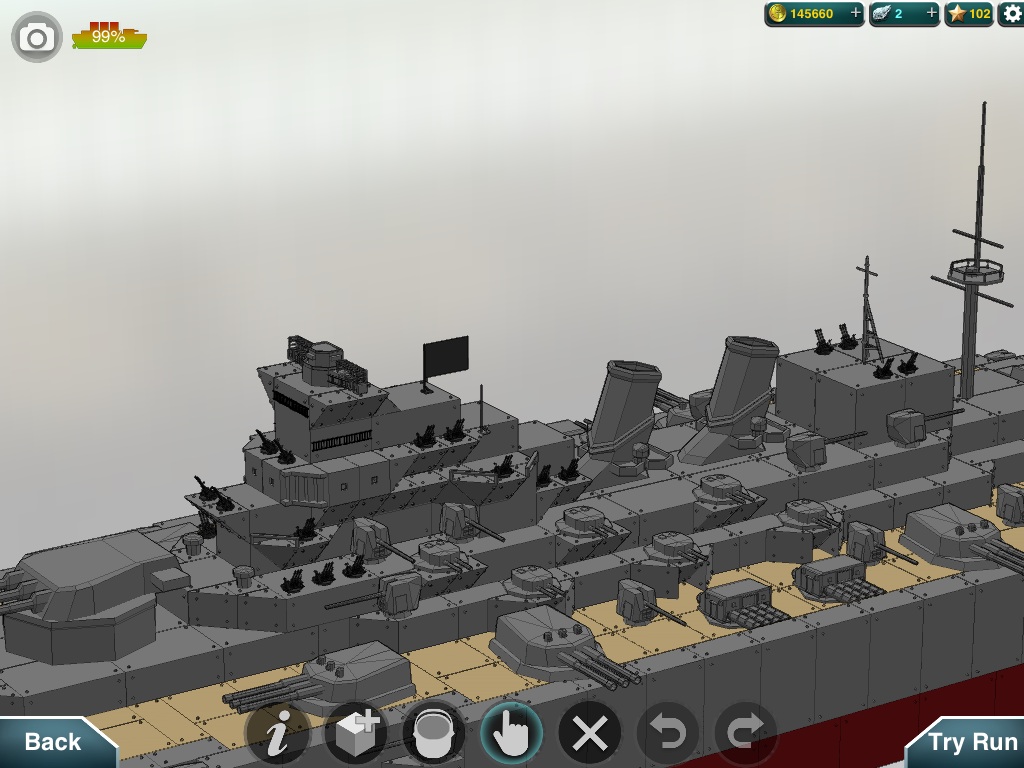


The newest 12-inch (305 mm) guns had longer range and fired heavier shells than a gun of 10-inch (254 mm) or 9.2-inch (234 mm) calibre. The move to all-big-gun designs was accomplished because a uniform, heavy-calibre armament offered advantages in both firepower and fire control, and the Russo-Japanese War of 1904–1905 showed that naval battles could, and likely would, be fought at long distances.

Finally, the US Navy gained authorization for USS Michigan, carrying eight 12-inch guns, in March 1905, with construction commencing in December 1906. The Royal Navy began the design of HMS Dreadnought in January 1905, and she was laid down in October of the same year.

Work began on her construction in May 1905. In 1904, the Imperial Japanese Navy authorized construction of Satsuma, originally designed with twelve 12-inch (305 mm) guns. Īll-big-gun designs commenced almost simultaneously in three navies. Serious proposals for an all-big-gun armament were circulated in several countries by 1903. Some designs had an intermediate battery of 8-inch guns. This was in keeping with the prevailing theory of naval combat that battles would initially be fought at some distance, but the ships would then approach to close range for the final blows, when the shorter-range, faster-firing guns would prove most useful. The typical battleship of the 1890s, now known as the " pre-dreadnought", had a main armament of four heavy guns of 12-inch (305 mm) calibre, a secondary armament of six to eighteen quick-firing guns of between 4.7 inches (119 mm) and 7.5 inches (191 mm) calibre, and other smaller weapons. The distinctive all-big-gun armament of the dreadnought was developed in the first years of the 20th century as navies sought to increase the range and power of the armament of their battleships.

The dreadnought (also spelled dreadnaught) was the predominant type of battleship in the early 20th century. USS Texas, the only dreadnought still in existence, was launched in 1912 and is now a museum ship


 0 kommentar(er)
0 kommentar(er)
